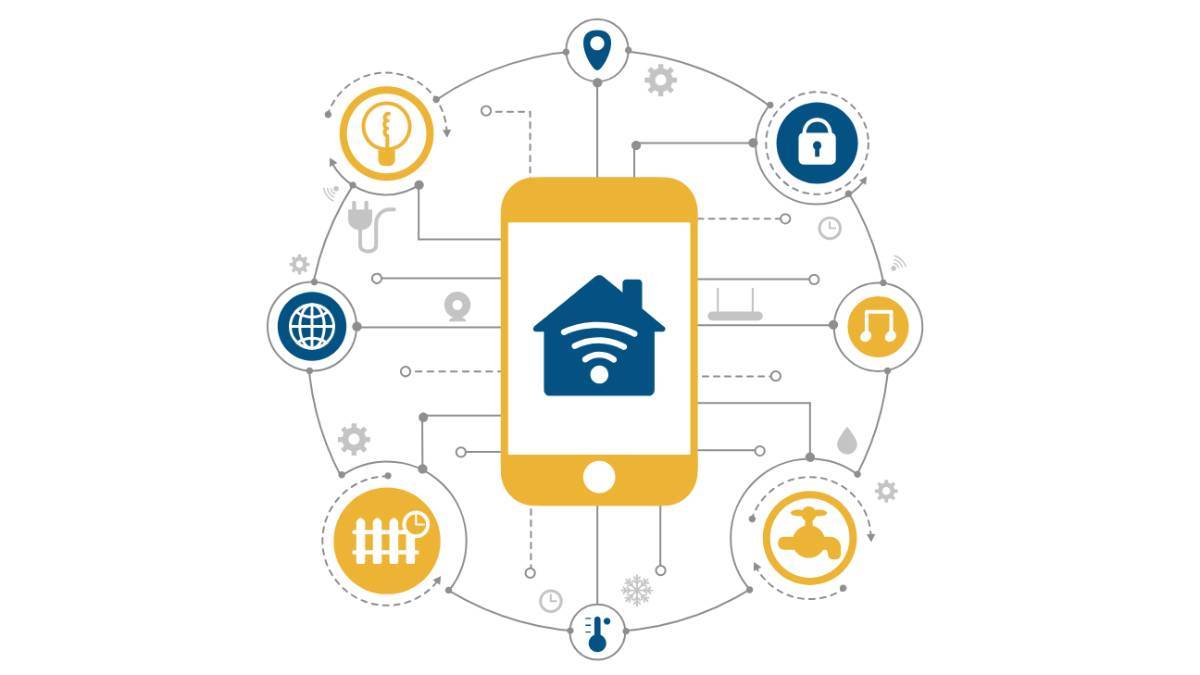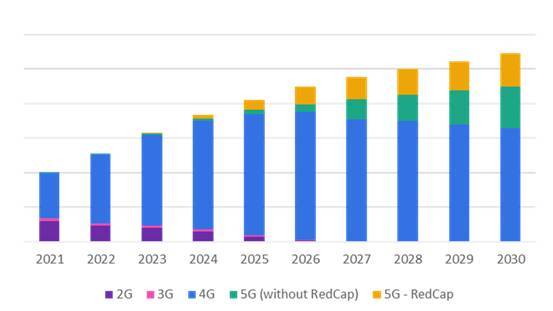
Africa is expected to have 35.6 million cellular Internet of Things (IoT) connections by 2030 but is still trailing behind the massive growth expected globally, especially in Asia and Oceania.
That’s according to new research from global analysis and advisory firm Omdia. The data shows that Africa had 26.1 million cellular IoT connections in 2023 and forecasts this to grow to 35.6 million by 2030, at a compound annual growth rate (CAGR) of 4.5%.
Omdia said this is slower than other regions and sluggish compared to the Middle East and Africa (MEA) region as a whole – with MEA expected to have a CAGR of close to 8% for the period.
At a global level, forthcoming shipments are anticipated to culminate in 5.4 billion cellular IoT connections (installed base) by the year 2030, with a predominant focus on 5G Reduced Capability (5G RedCap), 5G Massive IoT and 4G LTE Cat-1bis modules.
Widespread 5G availability will transform the IoT market
Omdia believes the cellular IoT ecosystem is poised for significant transformation over the next seven years, driven by the rise of 5G technologies.
“In 2023, 80% of Middle East and Africa connections were 4G and 5G; however, this is driven strongly by a push for 5G connectivity in the Middle East,” Alexander Thompson, senior analyst for IoT at Omdia, told Connecting Africa.
Thompson said that by 2030, 100% of Middle East and Africa connections will be either 4G or 5G.
“Africa has a challenging landscape for networks across the continent due to its size and landscape. This makes roaming agreements necessary, but in many cases, these have not been fully realized, especially global roaming agreements,” he explained.
Thompson said the planned sunsetting of 2G and 3G by some African markets like South Africa presents a challenge due to the high number of IoT devices remaining on these technologies.
“The evolution to 4G did not happen on a large scale in Africa as in other regions, which has meant 5G has no fallback and is having to be built from the ground up,” he explained.
In other regions 4G is ubiquitous – with very good coverage and few “not-spots,” he added.
In 2022, South Africa’s government proposed the complete shutdown of the country’s 2G network by June 2024, and a sunset of 3G by March 2025.
Local operators believe the 3G shutdown is too soon with many networks still heavily reliant on the technology to connect customers.
Turning off 2G will have repercussions for machine-to-machine (M2M) and IoT services – particularly vehicle tracking systems and point-of-sale devices as well as some legacy emergency services systems, private alarm systems, and smart meters that would have to switch over to 4G.
Major 5G RedCap growth forecast
Omdia’s research found that mass adoption of 5G RedCap globally is set to commence from 2024 onward with the technology establishing itself as a mid-tier connectivity solution for 5G devices that do not require such high specifications as ultra-reliable low-latency communications (uRLLC) and enhanced mobile broadband (eMBB). Hence, the module cost for 5G RedCap will be cheaper than uRLLC and eMBB.
It will also enable future-proofing of devices as the industry anticipates the eventual phase-out of 4G beyond the year 2030.
“2024 will be a pivotal year for 5G RedCap growth. This will begin in China, where most volume is expected and in due course subsidies will bring the module Average Selling Price (ASP) down to similar pricing as LTE Cat-1,” said Thompson.
He said that 5G RedCap will prove an even more important technology for Africa as the region didn’t have mass adoption of 4G connectivity.
With 2G and 3G sunsetting on the horizon, 5G RedCap could provide a path to continued connectivity for many lower bandwidth IoT devices currently connected via these older technologies.
Globally, Omdia forecasts that 60% of IoT module shipments will come from the Asian and Oceania region, making up approximately 80% of IoT connections in 2023.
Notably, the automotive sector emerges as a key driver, and is set to see the largest number of module shipments due to the growing demand for smart vehicles integrating 5G connectivity.
Omdia’s Cellular IoT Market Tracker 2023-2030 highlights the latest trends in the cellular IoT market, providing key analysis by region, air interface and application of module shipments, module revenues, connections (installed base) and connectivity revenues.
*Omdia is a sister company of Connecting Africa.
Related posts:
*Top image source: Freepik.
— Paula Gilbert, Editor, Connecting Africa
This post was originally published on the 3rd party mentioned in the title ofthis site






